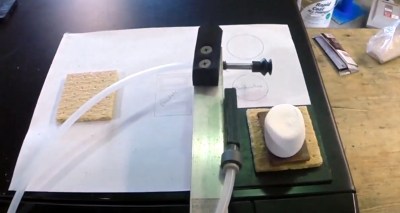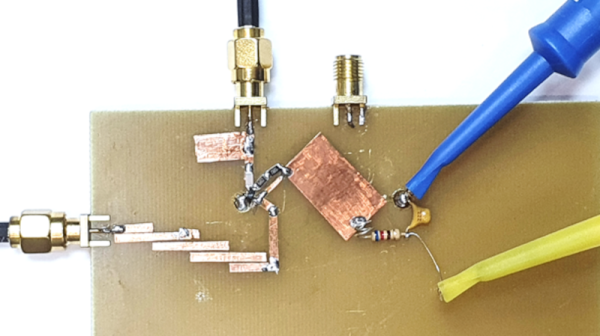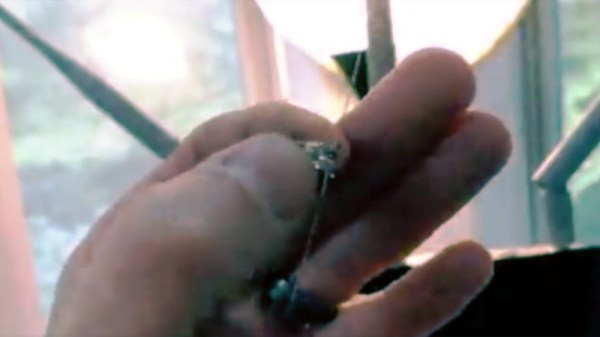It looks like the Martian winter may have claimed another victim, with reports that Chinese ground controllers have lost contact with the Zhurong rover. The solar-powered rover was put into hibernation back in May 2022, thanks to a dust storm that kicked up a couple of months before the start of local winter. Controllers hoped that they would be able to reestablish contact with the machine once Spring rolled around in December, but the rover remains quiet. It may have suffered the same fate as Opportunity, which had its solar panels covered in dust after a planet-wide sandstorm and eventually gave up the ghost.
What’s worse, it seems like the Chinese are having trouble talking to the Tianwen-1 orbiter, too. There are reports that controllers can’t download data from the satellite, which is a pity because it could potentially be used to image the Zhurong landing site in Utopia Planitia to see what’s up. All this has to be taken with a grain of dust, of course, since the Chinese aren’t famously transparent with their space program. But here’s hoping that both the rover and the orbiter beat the odds and start doing science again soon.



















